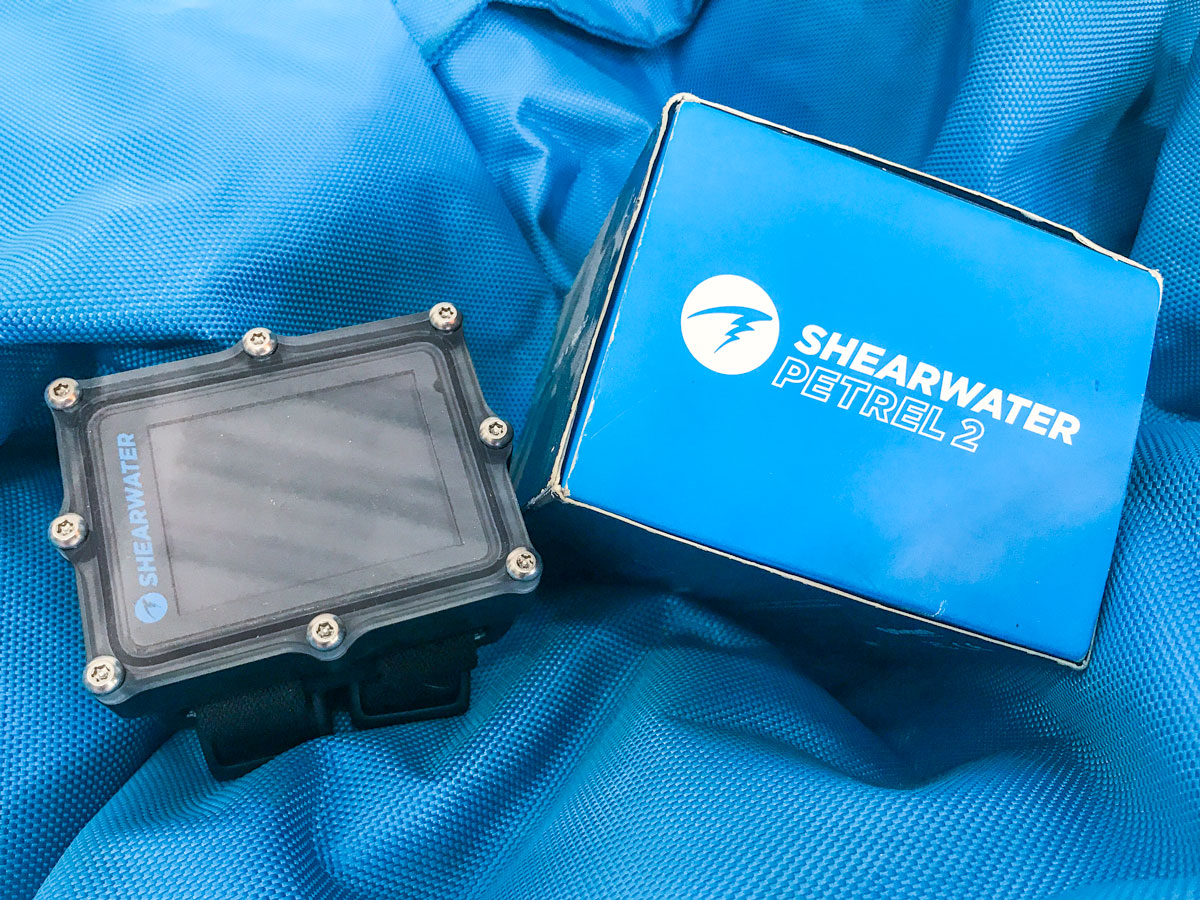Knowing the decompression tables is something basic that you learned in your Open Water Course (find out about ours here!). Every diver should know the basic theory behind the numbers shown on these tables, but every time there are fewer who use tables for their dive planning. Dive computers have made tables largely obsolete since they do all of the calculating for you. Not only do dive computers show the time you have left underwater (your no decompression limit), but they also show you the time and depth of each safety or, if necessary, decompression stop. The ultimate goal is to control your bottom time to avoid decompression sickness during or after diving. Although the use of a dive computer should never be a ‘one and done’ kind of tool, it is an essential security complement that should be used along with the tables, a depth gauge, a pressure gauge, and a watch.
But what are the advantages of having your own computer?
The diving computers work through a series of algorithms that compare their decompression model with data obtained during the dive such as duration, depth, air mixture, previous dives and water temperature. Based on this, they calculate the level of nitrogen saturation in the tissues to inform you of the time you have left underwater and the stops that have to be made. This device can only provide reliable information based on the dives that the diver wearing it has done. That is also why we have the rule: One dive computer per person since they are specific to each person’s individual dive. By calculating in this way, the dive computer avoids human errors and mistakes in calculations, as well as improving the accuracy of the decompression table system.
Controlled ascent rate
The maxim of ‘not ascending faster than the smallest bubble’ is a decent practice if you have nothing else of which to go off, but the information that a dive computer can offer you is much more reliable. In those moments when you are underwater enjoying your experience, circumstances can occur that make you not control your speed and climb to the surface faster than you should. Having a dive computer will help to avoid this type of situation because it will give you a ‘beep’ that alerts you to your ascent rate.
Similarly, there may be problems during the descent if you go down more than recommended. You can actually turn on alarms to warn you in order to avoid narcosis and oxygen toxicity.
Trusting a computer is not a guarantee that accidents will not happen to you, but they are a useful tool in order to help make your dives as safe as possible. As a general rule, regardless of whether or not you have your own dive computer, always dive within your limits.
Dive computers offer more accurate and precise calculations
When using decompression tables, you have to take into account the time you are going to stay in the bottom constantly. This means you assume that you are at your deepest depth for the entire time you are in the water.
For this reason, the tables oblige you to ascend earlier, making the dive time less than what you would get when planned with a dive computer. This, thanks to its depth gauge, calculates the amount of time you can stay in the water more accurately depending on the amount of nitrogen in your body. Remember, these calculations do not take into account your air supply although some models have a sensor connected to the regulator first stage which will give you the tank pressure at all times as well.
The efficiency of dive computer technology
Another one of the most popular applications of dive computers is to use them as a dive log (although it’s nice to have a printed version!), being able to obtain exact data of your dives in terms of depth, dive time, temperature, etc.
Almost all have a memory to store dive data, even offering the possibility of connecting them to computers, phones, and other devices via Bluetooth or USB cables. Thus, you can download all this information and have very accurate data of your dives.

How to choose your dive computer
If you still do not have a dive computer and this blog has convinced you of the importance of getting one, here are some considerations to guide you in your choice:
- Your diving level: The first thing you need to assess is your experience as a diver and to choose a device that suits your needs. If you are a beginner, the idea is that you choose a simple device, with a large screen that is easy to use. Buying a high-end model as a beginner is not the best option. If you are an experienced diver, pay attention to the additional features and functions available in more advanced computers. One example is if they are prepared for multiple gases if you are interested in technical diving.
- Readability: It is essential that the screen of a dive computer be easy to read. Large numbers, colors with high contrast and even backlit screens contribute to this readability and make handling easier.
- Type and configuration: Within diving computers, there are two types: wristwatch style and console-mounted. The wrist style allows you to have all the important data on your arm so you can check it frequently. They are usually more aerodynamic and easy to read computers with the main difference only being their size. Those with a design like a wristwatch are the best sellers in the market. On the other hand, the console computers, which are connected to your regulator setup, are perfect for divers who want to have all their instruments streamlined on one device.
- Budget: In recent years all manufacturers have been making models suitable for new divers who do not want to pay a fortune for their first computer. The simplest but still reliable kind of model can cost you around €200 and should include Nitrox mode. Other more advanced models will offer you integrated air management or compass. From there, you can decide to upgrade for a technical diving computer with many other features, but that will be another blog!!!
Sergio Palazuelos Leon
PADI MSDT # 345513
Azul Unlimited
We teach responsible scuba divers and ocean protectors. The brand is run by PADI IDC Staff Instructor Sarah Valdez who teaches scuba diving in person and on YouTube. Now she travels around the states and Mexico in her van scuba diving in new and different places. Follow her adventures on YouTube, Instagram, Facebook, and TikTok or join the Azul scuba community on Patreon.
Azul Unlimited is partnered with Azul Komodo, a top PADI IDC Center in Labuan Bajo, Indonesia offering daily dive trips to the Komodo National Park. Contact their team directly for an unforgettable experience diving in one of the top dive destinations in the world!









